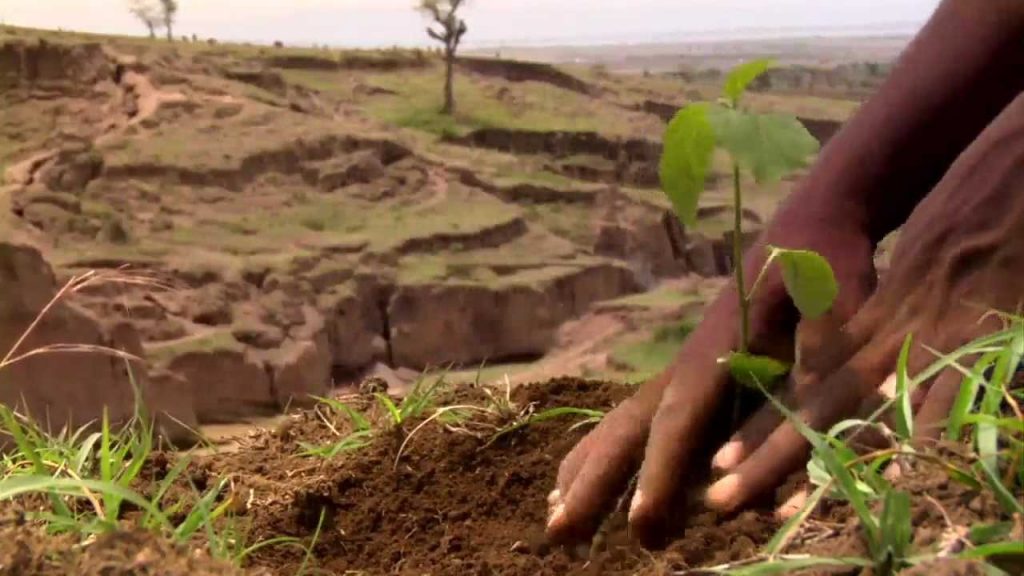A new guideline issued by the Environment Ministry threatens to disturb the green cover in densely forested states. The guideline pertains to afforestation. It says any state that has more than 75 per cent forest cover can take up compensatory afforestation in a forest-deficient state. Compensatory afforestation refers to raising forests on an area equivalent in size to forest land diverted for non-forest purposes. The guideline would be music to the ears of industrialists in heavily forested states. It means they will now be able to get land for setting up industries in such states. With a bit of lobbying and some pressure in the right places, governments in forest-surplus states will not find it too hard to divert forest land for industrial purposes. The problem, though, lies with afforestation as proposed in the guideline. States in the country are not renowned for undertaking afforestation works diligently. A report published in a leading business daily in 2018, citing studies undertaken by Community Forest Rights-Learning and Advocacy (CFR-LA), which is a coalition of researchers working for forest rights, stated that in about 53 of the 63 case studies taken up by the advocacy, gram sabhas were not consulted before taking up plantation. According to the same report, data showed that 70 per cent of the compensatory afforestation was undertaken on forest lands and not non-forest lands in contravention of guidelines under Forest (Conservation) Act, 1980.
Further, the report says the environment ministry’s website on plantations, e-greenwatch, showed that 2,479 compensatory afforestation projects had been under way in 10 states. It said plantation was taken up at a cost of Rs 195 crore during 2007-2017 and that no data was available with regard to the survival of trees planted during that period. The situation is unlikely to be radically different from that today. Afforestation programmes need to be taken up with great care. Merely planting trees randomly and leaving them in nature’s care does not suffice. Dedicated care is required to ensure that the saplings survive and grow into trees and associated forest flora and fauna appear on such lands.
The recent Cyclone Fani taught coastal Odisha that there are specific varieties of trees that survive the onslaught of nature. Trees having foreign parentage were not able to withstand the kind of wind speeds that Fani managed to muster. Plantation drives next to forests face added challenges from resident wildlife. Therefore, taking up such projects could be a stillborn exercise as data proves. When the status of afforestation projects taken up by the states themselves, within their own territories, is so abysmal, it would be puerile to expect them to do any better in places outside their bounds. The Environment Ministry will have to do a serious rethink on the guideline to ensure that forest cover is not lost from states with sound green cover.
There is no debate that the country’s manufacturing base will have to be expanded to cater to the growing needs of the population and to maintain economic growth. However, it is equally important that the growth of industry does not deplete the equally important resource-rich forests. It is time the nation trained its focus on circular economy where wastage is minimised and available resources are used and preserved to permit life to sustain.
